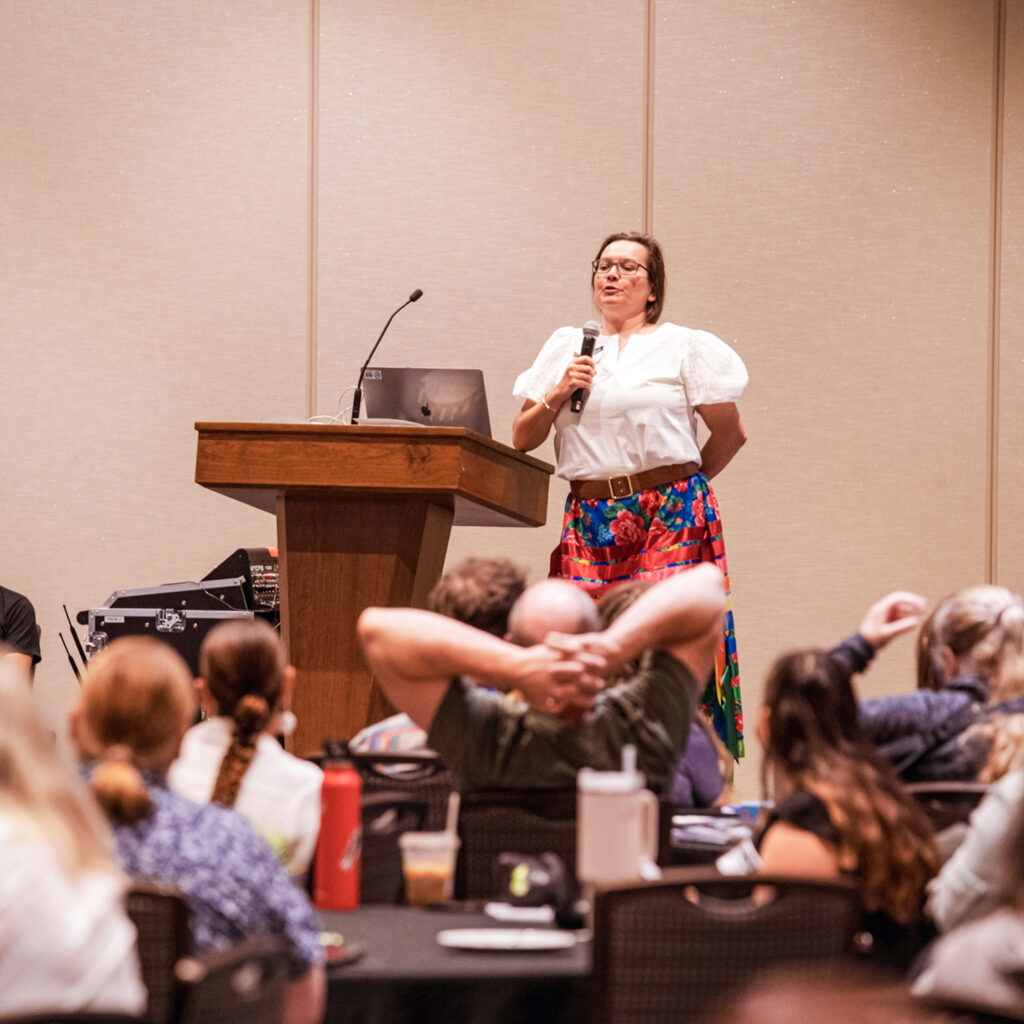
Photo Credit: Understand Native Minnesota
The Shakopee Mdewakanton Sioux Community’s $5 million dollar campaign to indigenize K12 curriculum has ended with some major accomplishments. Three Native educators explain their contributions.
This week on Minnesota Native News, the culmination of a massive statewide campaign to change what people know about Indigenous Minnesotans. I’m Marie Rock.
The campaign is called “Understand Native Minnesota.”
It began back in 2019. This is then-Secretary-Treasurer of the Shakopee Mdewakanton Sioux Community Rebecca Crooks Stratton.
Rebecca: We are committing 5 million dollars over the next 3 years to advance Native American narrative change in Minnesota’s public schools.
Marie Rock: The announcement came at the annual meeting of the Minnesota Indian Education Association.
Rebecca: Our accomplishments and contributions are missing from the current narrative, and we need to be the ones to tell our stories, to increase visibility and share our perspective, and this is what I’m hoping we can work together to do.
Producer Laurie Stern covered the launch of the campaign. Now she reports on its accomplishments.
Laurie Stern: Understand Native Minnesota began before the pandemic, before the murder of George Floyd and before the legislature added knowledge of Native nations to state education standards. Many teachers were hungry for help. And Understand Native Minnesota provided that help by compiling resources, writing curriculum and offering grants for educators to innovate in their classrooms. For instance, Ramona Kitto Stately wrote a guide called “Essential Understandings.”
Ramona: Essential Understandings is a resource guide that lists the most essential things that tribal nations want the larger community to know about them.
Laurie: It’s a remarkable, comprehensive and highly readable document that explains – among many other things – the difference between tribes, the harmful impact of past federal policy, and the different contributions individual Native leaders have made in government, sports, and culture.
A second major guide lists more than 500 publications by Native Minnesota authors that align with state standards in English Language Arts. Odia Wood-Kruger wrote it with teachers in mind:
Odia: So you want an anthology? Here are the lists of books that are anthologies. Oh, you want memoirs or autobiographies? Cool, flip to this list. Oh, you want Dakota or Ojibwe perspectives? Here are those two lists. So you can actually go through and cut your list down a lot quicker if there’s a specific thing you’re looking for.
Odia: coming up with that list of 550 resources and aligning them. People have asked me that for years, how do you how do you do that, but there was never enough time, there were never enough hours in the day to do that job and to make a list. And so I’m just eternally grateful that I was given the opportunity to participate.
Darlene: I have a sixth-grade social studies curriculum. I have a project that I do in collaboration with Dakota Wicohan, a native nonprofit in Morton, Minnesota.
Laurie: That’s Darlene St. Clair, a professor at St. Cloud State University. She helped write a ten-lesson course that examines Mni Sota Makoce as a Dakota place. Now she’ll be able to refine and distribute the curriculum thanks to a grant from Understand Native Minnesota.
Darlene: Why sixth grade? It is because we’re… this is when you learn about state history… But I often in my trainings, I pretty much always say this because I love saying it. I’m like, I love you, 40 year olds, you’re great. But I’m investing in sixth graders. Sixth graders to start thinking about about a way that they have a connection to this land and their part of the story of Minnesota, they’re par tof the way Mni Sota Makoce becomes Minnesota, but that Mni Sota Makoce is still here and is still part of our experience.
Laurie: She’s also leading a second grant to expand The Native Studies Summer Workshop for Educators (NSSWE), a weeklong immersion in a tribal community.
Darlene: So the community that hosts us I work with collaboratively during the year. And I asked questions like, “What is the story of your community that you want educators to know?” And they helped me direct their own story. And most of our presenters at the workshop are people from the community. It’s a rare opportunity, I think, for most Minnesotans to learn about Native people in Native community.
Laurie: Understand Native Minnesota is supporting other Native-led educational resources too – including microgrants for individual teachers. This is Ramona Kitto Stately again.
Ramona: We have faith now that our teachers can take the information that they said they needed. We’ve provided these tools to help them work through all the nuances of bringing it alive, bringing this information alive in their classrooms.
More from Minnesota Native News
- Indian Child Welfare Law Challenged at MN Supreme Court and Native Nations Impacted by Proposed SAVE Act
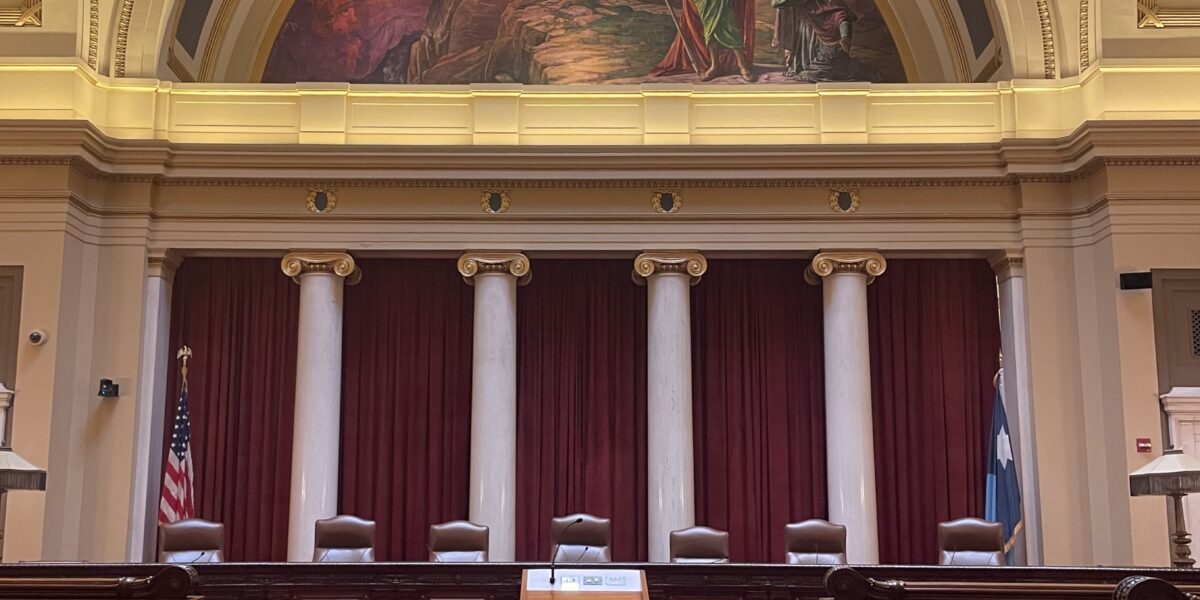 TRANSCRIPT [sound element: flute music] HOST Marie Rock: This is Minnesota Native News. I’m Marie Rock. This week, the Minnesota Supreme Court heard arguments in a case that could reshape child custody laws for Native American children. At the heart of the case is a challenge to the Minnesota Indian Family Preservation Act, or MIFPA. …
TRANSCRIPT [sound element: flute music] HOST Marie Rock: This is Minnesota Native News. I’m Marie Rock. This week, the Minnesota Supreme Court heard arguments in a case that could reshape child custody laws for Native American children. At the heart of the case is a challenge to the Minnesota Indian Family Preservation Act, or MIFPA. … - The Sugarbush Tradition Continues in Minnesota’s Urban Areas, and Khayman Goodsky’s New Film
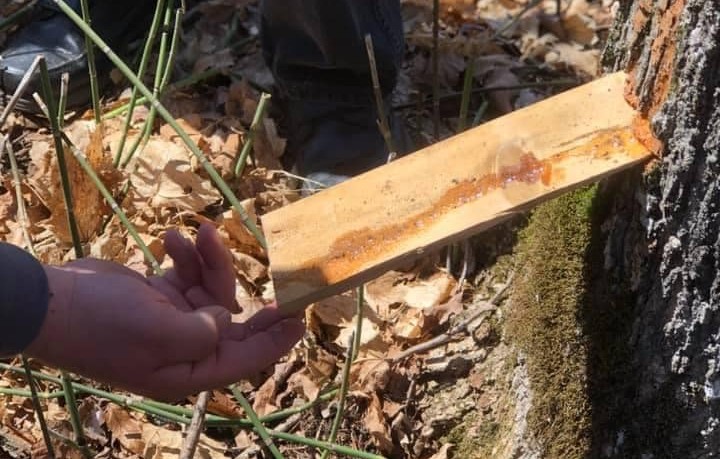 ANCHOR Marie Rock: This is Minnesota Native News, I’m Marie Rock. This week, we hear about Minnesotans continuing the old tradition of sugarbush in urban areas. Plus, a look at a recent Indigenous film screened at Duluth’s Minnesota Film Festival. First, let’s go to Deanna StandingCloud. Deanna StandingCloud: For Indigenous woodlands people in Minnesota, the …
ANCHOR Marie Rock: This is Minnesota Native News, I’m Marie Rock. This week, we hear about Minnesotans continuing the old tradition of sugarbush in urban areas. Plus, a look at a recent Indigenous film screened at Duluth’s Minnesota Film Festival. First, let’s go to Deanna StandingCloud. Deanna StandingCloud: For Indigenous woodlands people in Minnesota, the … - Sherburne National Wildlife Refuge Faces Staffing Cuts; Headlines Affecting Indigenous Minnesotans
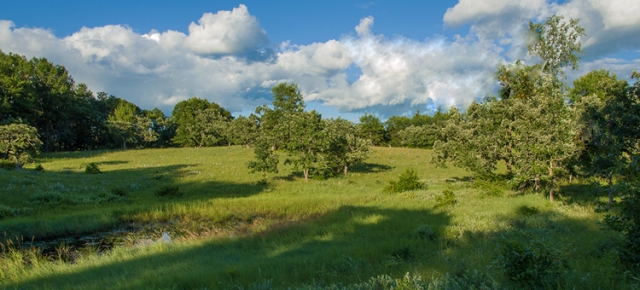 ANCHOR Marie Rock: This is Minnesota Native News, I’m Marie Rock. This week, we hear about the impact of recent federal staffing cuts on Zimmerman, Minnesota’s Sherburne National Wildlife Refuge. Plus, some current events affecting Indigenous nations here in Minnesota. First, let’s hear from Deanna StandingCloud. Deanna StandingCloud: The Sherburne National Wildlife Refuge announced earlier this …
ANCHOR Marie Rock: This is Minnesota Native News, I’m Marie Rock. This week, we hear about the impact of recent federal staffing cuts on Zimmerman, Minnesota’s Sherburne National Wildlife Refuge. Plus, some current events affecting Indigenous nations here in Minnesota. First, let’s hear from Deanna StandingCloud. Deanna StandingCloud: The Sherburne National Wildlife Refuge announced earlier this …
Subscribe to Minnesota Native News in your favorite podcast app
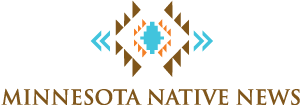
 Headlines 2/29/24
Headlines 2/29/24